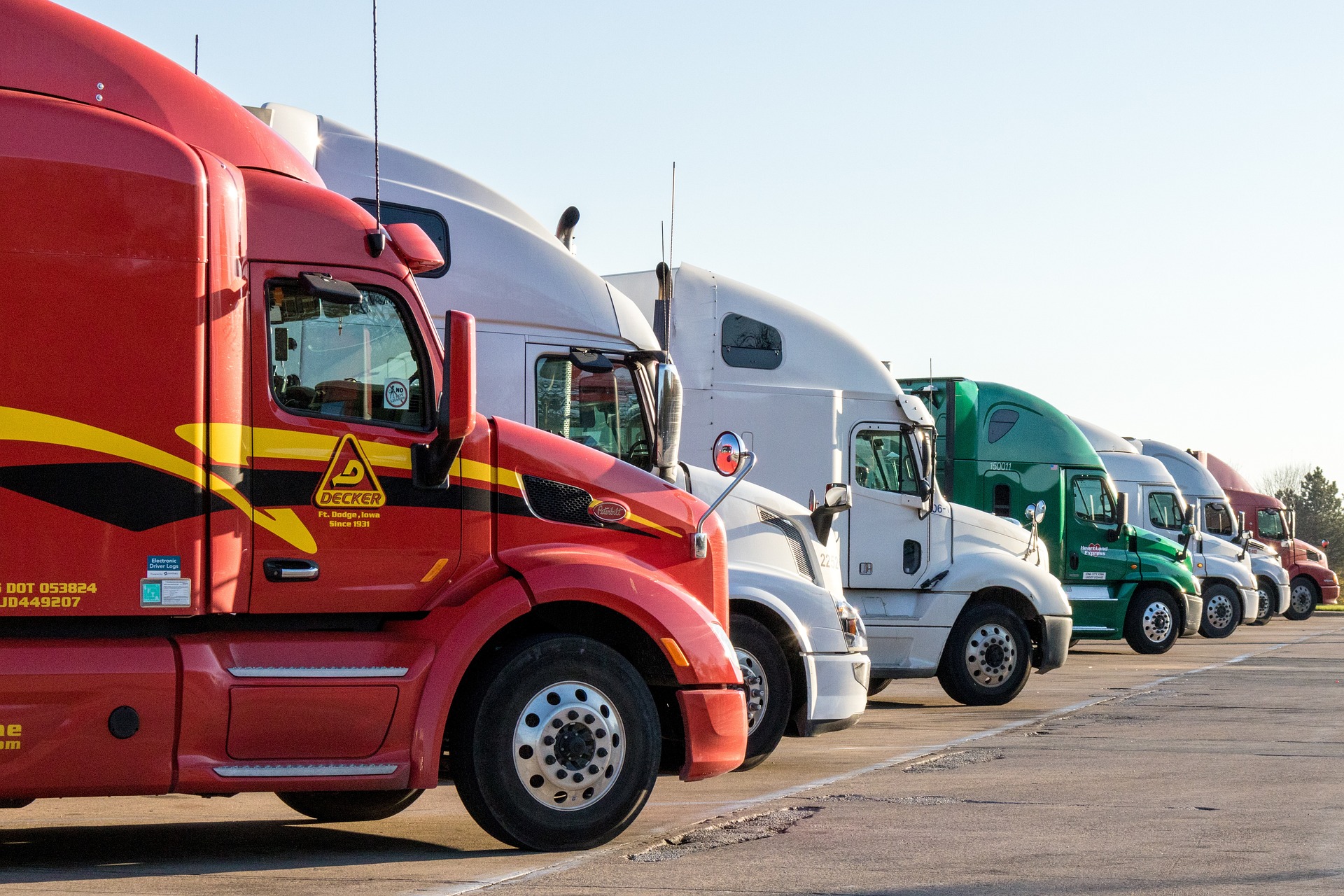Hyundai H350: Setting a New Standard in Commercial Vehicles
Hyundai has officially introduced the new H350, a next-generation commercial van that reimagines what a professional transport solution should offer. With rising demand for vehicles that combine practicality, efficiency, and cutting-edge technology, the H350 is positioned as a serious contender in the competitive European light commercial vehicle market. It is designed for flexibility, available in multiple body styles, and tailored for businesses ranging from logistics and construction to passenger transportation and specialized industries. By offering a blend of durability, comfort, and advanced features, Hyundai’s H350 is not just a van — it is a mobile business partner built for the challenges of modern operations.

Practical Design and Everyday Comfort
The Hyundai H350’s design philosophy centers on maximizing utility without compromising on driver and passenger comfort. The exterior dimensions allow for substantial cargo capacity while maintaining manageable proportions for urban environments. Inside, the cabin features ergonomically designed seats that provide proper support during long journeys, reducing driver fatigue. The dashboard layout prioritizes accessibility, with controls positioned within easy reach and instruments that offer clear visibility.
Storage solutions abound throughout the vehicle, with thoughtfully placed compartments for documents, personal items, and work equipment. The cabin noise levels have been minimized through strategic sound insulation, creating a more pleasant environment for daily operations. Climate control systems ensure comfortable temperatures regardless of external conditions, while the seating position offers good visibility of surroundings—a critical factor for commercial drivers navigating tight spaces or busy urban settings.
Efficient Powertrain and Reliable Performance
At the heart of the Hyundai H350 is a diesel powertrain engineered for the demands of commercial use. The engine delivers a balance of power and efficiency, providing sufficient torque for carrying heavy loads while maintaining reasonable fuel consumption figures. The transmission system offers smooth gear transitions, contributing to both driving comfort and mechanical longevity.
The suspension system has been calibrated specifically for commercial applications, offering stability when fully loaded while still providing acceptable ride quality. This balance helps protect cargo during transit while reducing driver fatigue on longer journeys. The braking system incorporates technologies that enhance stopping power and control, even when the vehicle is carrying maximum payload. Regular maintenance intervals have been extended where possible, minimizing downtime and helping businesses maintain operational continuity.
Technology That Drives Business Success
Modern commercial vehicles must incorporate technology that enhances operational efficiency, and the H350 delivers several systems that support this requirement. The infotainment system includes navigation capabilities specifically designed for commercial routes, taking into account vehicle dimensions for appropriate path planning. Connectivity options allow for integration with business systems, enabling fleet tracking and performance monitoring.
The vehicle’s onboard diagnostics provide early warning of potential mechanical issues, allowing preventative maintenance to be scheduled before problems escalate into costly repairs or operational downtime. For businesses managing multiple vehicles, these technology features translate into tangible benefits: improved route efficiency, better fuel economy, and enhanced driver accountability. The inclusion of USB charging ports and power outlets supports the use of mobile devices and work equipment, further enhancing the vehicle’s utility as a mobile business platform.
Safety as a Core Principle
Commercial vehicles often spend more time on the road than private vehicles, making safety features particularly important. The Hyundai H350 incorporates multiple active and passive safety systems to protect occupants and cargo. The vehicle structure features high-strength steel in critical areas, creating a rigid safety cell in case of collision. Electronic stability control helps maintain vehicle control during challenging driving conditions or emergency maneuvers.
Additional safety features include airbags, anti-lock braking systems, and hill-start assist functionality that prevents rollback when starting on inclines. A reverse camera system aids visibility when maneuvering in tight spaces, reducing the risk of collisions during parking or loading operations. These safety technologies work together to protect the vehicle investment, reduce insurance costs, and fulfill duty of care obligations to employees and other road users.
Adaptability and Long-Term Value
The Hyundai H350 platform supports multiple configurations, allowing businesses to select the appropriate version for their specific requirements. Available variants include panel vans with different cargo capacities, crew cab models that balance cargo and passenger space, and bus configurations for passenger transport operations. This adaptability makes the H350 suitable for diverse business applications, from package delivery to shuttle services.
The vehicle’s construction focuses on durability, with materials and components selected to withstand the rigors of commercial use. Corrosion protection measures help maintain both functionality and appearance over years of service. These durability features contribute to stronger residual values, an important consideration in the total cost of ownership calculations that inform commercial vehicle purchasing decisions.
Cost Considerations and Market Positioning
The Hyundai H350 represents a mid-range investment in the commercial vehicle segment, with pricing that reflects its balance of features and capabilities. Initial purchase prices vary based on configuration and equipment levels, while operating costs benefit from the efficient powertrain and extended service intervals.
| Configuration | Starting Price Range | Key Features | Operating Cost Factors |
|---|---|---|---|
| Panel Van | $32,000 - $38,000 | 10.5-12.9m³ cargo space | 7.5-8.5L/100km fuel efficiency |
| Crew Cab | $34,000 - $40,000 | 6 seats + cargo area | Additional weight affects economy |
| Bus/Minibus | $39,000 - $45,000 | Up to 15 passenger seats | Higher maintenance on passenger variants |
Prices, rates, or cost estimates mentioned in this article are based on the latest available information but may change over time. Independent research is advised before making financial decisions.
When compared to direct competitors, the H350 typically offers a competitive total cost of ownership proposition, factoring in purchase price, fuel efficiency, maintenance requirements, and residual value. Business customers often find that the vehicle strikes an effective balance between upfront investment and long-term operating expenses.
The Hyundai H350 demonstrates how commercial vehicles continue to evolve beyond basic transportation solutions to become sophisticated business tools. By addressing the practical needs of commercial operations while incorporating modern technology, safety features, and driver comfort, the H350 exemplifies the current state of the commercial vehicle market. For businesses evaluating their fleet needs, the vehicle merits consideration alongside established competitors, particularly for those seeking a balance of functionality, reliability, and economic operation.




